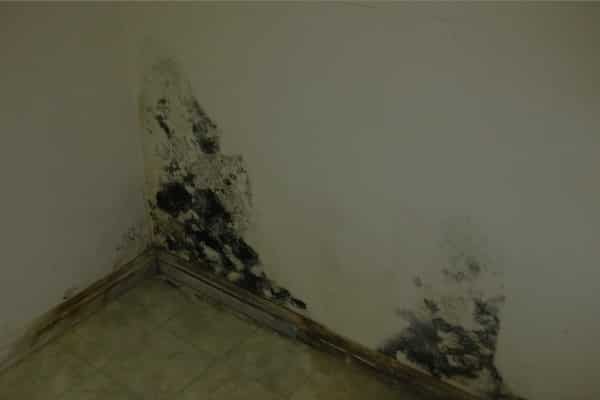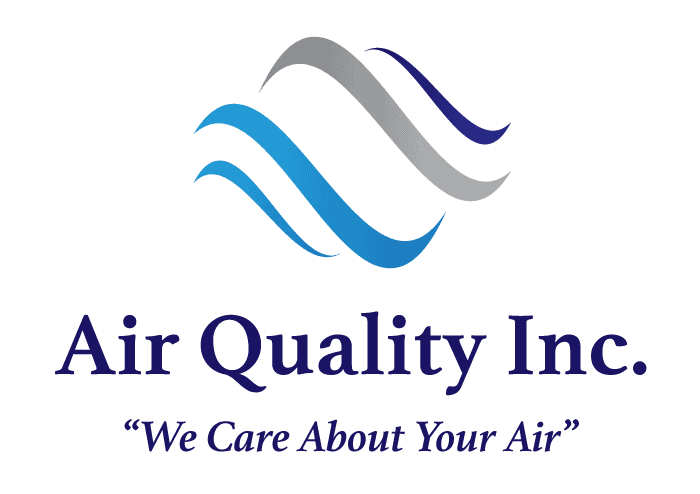Mold.
It’s a scary word. No homeowner wants to hear, or even think that they might have a mold problem. Mold is smelly, unsightly, and it is a pain to get rid of, but the ugly side effects of mold don’t stop there.
Mold Damages Your Home
By the time mold grows enough to be noticed – either by smell or by sight, the problem is usually already much bigger than just the mold you can see.
Mold is a result of unchecked moisture issues, such as a leaky roof, drippy plumbing, flooding, seepage through foundations, window condensation, or lack of ventilation in high-moisture areas, like kitchens and bathrooms.
Whatever the cause, mold problems should not be ignored.
Mold is known to spread through walls and insulation. It damages the material that it lives on. If left unchecked, what starts as a small issue could develop into something much more severe (not to mention costly). In time, mold can seriously damage the structural integrity of your home.
Certain types of mold also release foul odors, rot wood, and attract insects. Not only do these factors affect the value of your home, it also compromises the safety of your family.
Mold is Unhealthy for Your Family
According to the Centers for Disease Control and Prevention (CDC), “molds can cause nasal stuffiness, throat irritation, coughing or wheezing, eye irritation, or, in some cases, skin irritation”. The CDC recommends that mold “should be eliminated for the sake of human health, structural integrity, and quality of life”.
Respiratory Problems from Mold
A study conducted by the Institute of Medicine (IOM) found enough conclusive evidence to link indoor mold exposure to upper respiratory problems in otherwise healthy people. Researchers are continuing to study the effects of mold, especially for children. Some researchers are beginning to suggest that the development of asthma and other respiratory illness in some children may potentially be linked to exposure to indoor mold. Regardless, the IOM regards mold as a public health problem.
Scientists may need more research to be able to link specific health conditions with mold, but when health is in question, why risk it? Indoor mold is certainly not doing anybody any favors.
At Air Quality Consultants, we are all too familiar with the dangers of mold, because we have been testing it for over 30 years!
If you are experiencing consistent health issues in your home, it may be due to contaminants in your air (not necessarily mold). We will identify if the air in your home is the problem, and if mold spores are in the air.
Protect Your Home & Family
Signs You Have Mold
Mold can hide in many areas of your home; in the attic, underneath your shag rug, between walls, on ceiling tiles, etc. Indoor mold can be sneaky, so being aware of the signs of mold in your home will help you identify it and take preventive measures as quickly as possible.
One of the first indicators that you have a mold problem will likely be a musty, earthy smell in your home. You may not be able to identify where it is coming from, but you can tell something is definitely smelly.
In some cases, you may be able to visually identify mold, usually coming in the form of spots, which can be of varying colors. These spots can appear on walls, countertops, and other surfaces. Typically, by the time you can see or smell mold, it is already posing a risk to you and your home. What you can see or smell is likely just the tip of the iceberg.
What to Do About Mold in Your Home
Whatever you do, don’t ignore it!
Your fist reaction may be to go out and buy a DIY Mold Testing Kit.
The industry of air quality testing highly recommends against DIY air quality testing.
Why say ‘no’ to DIY mold testing kits?
Even if the kit happens to accurately reveal that you that you have mold in your house (pro tip: many DIY tests are notoriously inaccurate), simply knowing you have mold doesn’t fix the problem.
The Center for Disease Control clearly explains that “You do not need to know the type of mold growing in your home, and CDC does not recommend or perform routine sampling for molds. No matter what type of mold is present, you should remove it…You cannot rely on sampling and culturing to know your health risk”.
Your best bet is to leave the mold and call Viginia’s Air Quality Testing Experts.
When Air Quality Consultants arrive, we will sample the visible mold to determine if it’s toxic or not. After we have tested the visible mold, our seasoned professionals will carefully inspect the area to determine if there is any mold growing inside your walls or insulation.
Beyond the inspection, our Air Quality Consultants can also test the air quality of your home to see if there are other types of mold, or other contaminants in your indoor air. Our professional-grade tests, and high tech equipment will be able to detect mold spores and other contaminants in the air. In most cases, you will have your detailed report with the results within 24 hours.
Here at Air Quality Consultants, our top priority is the safety of your family.
Our motto is “we care about your air”. We will help you detect mold, identify the source, assess the risks, and make recommendations for mold remediation.
If you have noticed a musty odor or any mold spots in your home, contact Air Quality Consultants right away to schedule your indoor air test. A residential mold problem is not something to ignore.




